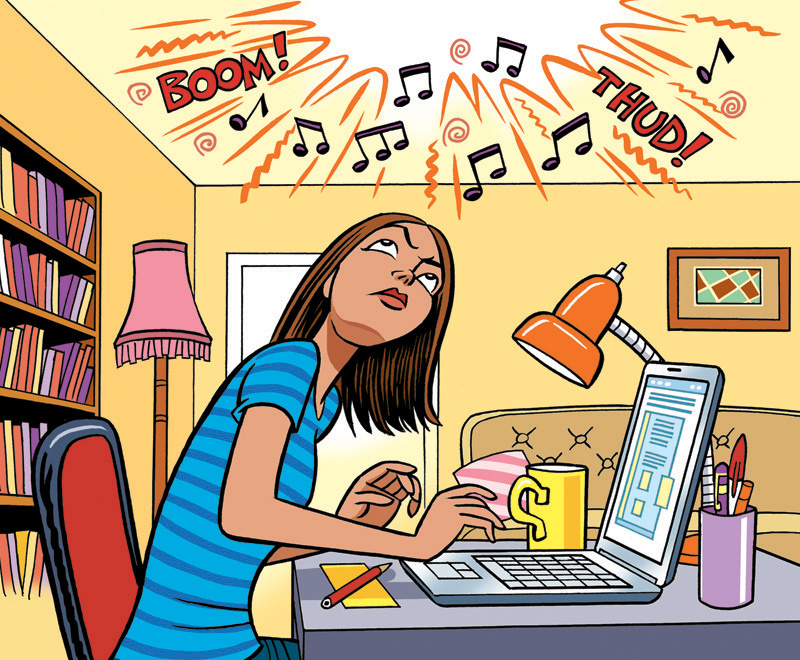
Read also: EASEMENT OF PARTY WALL
-
Nuisance applies to almost all ways which have interfered with the rights of the citizens, either in person, property, the enjoyment of his property, or his comfort.
-
Nuisance may either be public or private.
-
The abatement of a nuisance does not preclude the right of any person injured to recover damages for its past existence.
A nuisance is one of the most serious hindrances to the enjoyment of life and property.
Under the Civil Code:
Nuisance is defined as “any act, omission, establishment, business, condition of property, or anything else which: (1) Injures or endangers the health or safety of others; or (2) Annoys or offends the senses; or(3) Shocks, defies or disregards decency or morality; or (4) Obstructs or interferes with the free passage of any public highway or street, or any body of water or (5) Hinders or impairs the use of property.”
In the case of Linda Rana, Vs. Teresita Lee Wong (G.R. No. 192861, June 30, 2014), the Court further explained that:
The term “nuisance” is deemed to be “so comprehensive that it has been applied to almost all ways which have interfered with the rights of the citizens, either in person, property, the enjoyment of his property, or his comfort.”
Article 695 of the Civil Code classifies nuisances with respect to the object or objects that they affect. In this regard, a nuisance may either be public or private.
- A public nuisance affects a community or neighborhood or any considerable number of persons, although the extent of the annoyance, danger or damage upon individuals may be unequal.
- A private nuisance is one that is not included in the foregoing definition.
The remedies against a public nuisance are:
- A prosecution under the Penal Code or any local ordinance: or
- A civil action; or
- Abatement, without judicial proceedings.
A private person may file an action on account of a public nuisance, if it is specially injurious to himself.
Any private person may abate a public nuisance which is specially injurious to him by removing, or if necessary, by destroying the thing which constitutes the same, without committing a breach of the peace, or doing unnecessary injury. But it is necessary:
(1) That demand be first made upon the owner or possessor of the property to abate the nuisance;
(2) That such demand has been rejected;
(3) That the abatement be approved by the district health officer and executed with the assistance of the local police; and
(4) That the value of the destruction does not exceed three thousand pesos.
The remedies against a private nuisance are:
(1) A civil action; or
(2) Abatement, without judicial proceedings.
Any person injured by a private nuisance may abate it by removing, or if necessary, by destroying the thing which constitutes the nuisance, without committing a breach of the peace or doing unnecessary injury. However, it is indispensable that the procedure for extrajudicial abatement of a public nuisance by a private person be followed.
A private person or a public official extrajudicially abating a nuisance shall be liable for damages:
(1) If he causes unnecessary injury; or
(2) If an alleged nuisance is later declared by the courts to be not a real nuisance.
Every successive owner or possessor of property who fails or refuses to abate a nuisance in that property started by a former owner or possessor is liable therefor in the same manner as the one who created it.
The abatement of a nuisance does not preclude the right of any person injured to recover damages for its past existence.
Alburo Alburo and Associates Law Offices specializes in business law and labor law consulting. For inquiries, you may reach us at info@alburolaw.com, or dial us at (02)7745-4391/0917-5772207.
All rights reserved.
SUBSCRIBE NOW FOR MORE LEGAL UPDATES!
[email-subscribers-form id=”4″]


Hello.This article was extremely interesting, particularly since I was searching for thoughts on this matter last Wednesday.
Good information. Beneficial to Law practitioners.